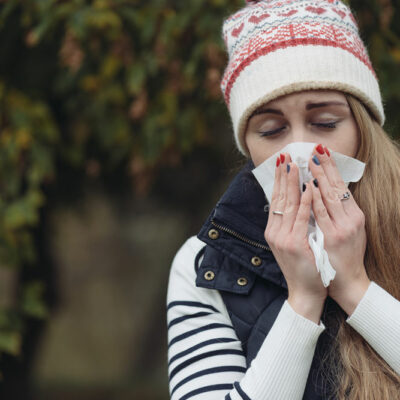
Vasculitis – Types, early signs, and more
Vasculitis, or angiitis, is an autoimmune health disorder. It damages the blood vessels due to the severe inflammation that leads to their swelling and hardening. Therefore, the blood is unable to flow smoothly, resulting in organ and tissue damage. Although vasculitis is not preventable, one can delay symptom progression and prevent complications by watching out for the early signs. Here are some of the types, early signs of vasculitis, causes, diagnosis, and treatment options. Types of vasculitis There are more than 30 types of vasculitis. Depending on which blood vessels are affected, a doctor will determine the vasculitis type. Some of the known types include the following. Behcet’s disease Buerger disease Churg-Strauss syndrome Cryoglobulinemia Giant cell arteritis Granulomatosis with polyangiitis Henoch-Schonlein purpura Kawasaki disease Takayasu’s arteritis Early signs of vasculitis Some of the early signs and symptoms are common across all types of vasculitis. Breathing difficulties When vasculitis reaches the lungs, tears begin to develop in the healthy tissues. This can cause disruption in the respiratory function. Over time, this leads to pneumonia-like symptoms as well as breathing difficulties, wheezing, and coughing. These symptoms may worsen after any physical activity, such as climbing stairs, running, and lifting a heavy object.
Read More 







